Three ways OA services help owners save costs and increase efficiency
When a community sees continued growth, a utility must evaluate their ability to meet those demands long term. Often, that comes in the form of expanding existing capacity, additional pipeline, gaining additional water resources, or all the above. For the City of Enid, Oklahoma, that was exactly the case.
Scheduled for completion in January 2024, the Enid Kaw Lake Water Supply Program includes a new intake at Kaw Lake and a 70-mile pipeline spanning from Kaw Lake to the City’s new treatment facility. Currently in the construction phase, the program has now reached another significant stage of its development with four miles of pipe in the ground and 12 more ready to be installed.
For more than five years, Garver has served as owner’s representative (OR) to the City, a role that functions as part of the City’s staff to provide efficient completion of the landmark program. Put simply, an OR, also commonly referred to as owner’s advisor (OA), is a third-party firm responsible for providing support to the owner during design and construction, taking on daily oversight to keep the project on track with client goals.
An effective OR or OA can sometimes be the difference between a successful program and one failing to meet the goals of the owner. Here are a few ways an OR or OA makes sure project expectations are met in the end.
1. Utilize Owner-Focused Risk Management
Garver approaches OA services through “owner-focused risk management,” meaning every decision considers the risk to cost, schedule, and quality for the owner. A complete understanding of how to balance scope, schedule, and budget is critical to any OA effort. With Enid, the biggest concern has been cost, which means schedule-related decisions could be somewhat flexible. Understanding and making clear from the beginning which of the three is non-flexible for the owner allows for easier and more balanced decisions through the life of the program. In many cases, this has allowed Garver to stay ahead of issues and address them before they arise.
2. Develop and Empower a Dedicated Program Team
Garver’s Water and Wastewater Team includes a dedicated Program Team prepared to assist with anything and help mitigate any risks that arise. For example, that the original agreement stated the City of Enid would execute certain permits, but personnel changes within their staff put them at risk of missing the deadline. So, the Program Team sprang into action to help execute, review, and submit the permits to the authorizing agency. Garver’s Program Team structure and understanding of client needs allow for quick responses to emerging owner needs. The team also relies on Garver’s depth of resources to provide additional technical perspectives and resources for designs and specifications.
3. Leverage the Benefits of an Accomplished Project Controls Team
Garver’s Program Team also has the support of the Project Controls Team, which is comprised of experts capable of tracking project details for complex programs to make sure they stay on track and on budget. The Project Controls Team also assists with identifying any potential obstacles that might require adjustments and then determines the best path to making those adjustments.
Critical to project controls, live data visualization reporting provides tailored reports to help owners communicate the most critical details of their program. The team’s interface management process provides yet another layer of support and added protection. This process makes sure control systems are integrated and coordinated among separate teams to make use of best engineering practices.
By utilizing Garver’s OA services early in a program, details can be fleshed out to maintain program integrity. And because schedule is an integral part of any program, Garver’s OA services help keep program schedules on course by identifying potential impacts and mitigating their effect.
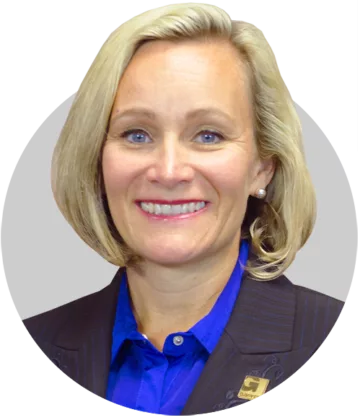


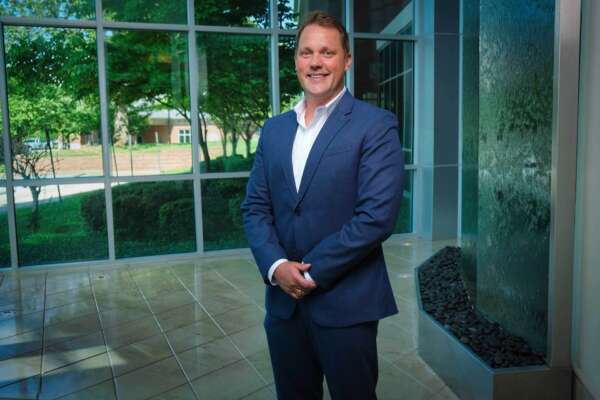
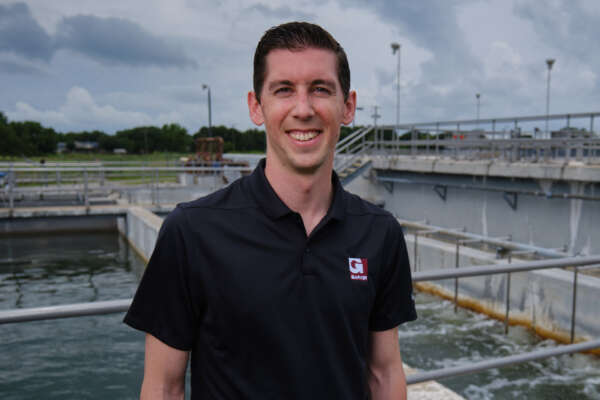
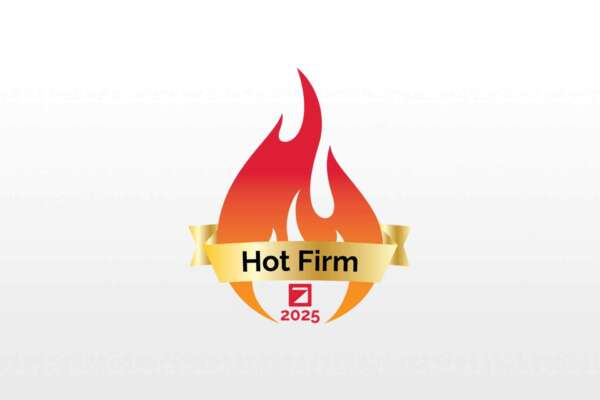

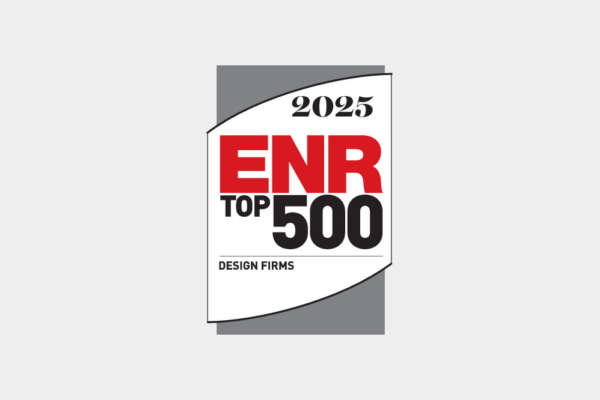

Share this article